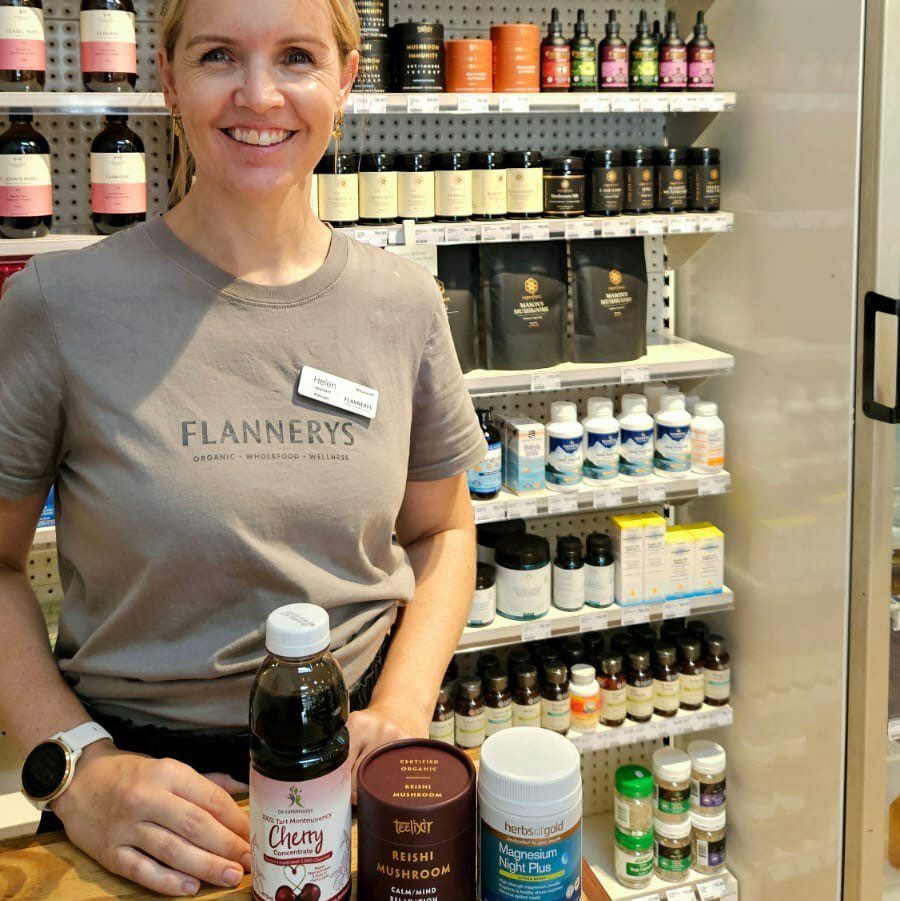
28.06.2019
5 Ways to use winter veggies!
Eating in season is by far one of the main dietary advice we get from nutritionists and there are a few reasons for it.
Firstly fruits and vegetables that grow in season require fewer resources in order to grow and they do not depend on a human inbuilt environment, for example, a greenhouse to grow tomatoes during winter. Secondly, eating in season means that the vegetables and fruits will have a higher nutrient content simply because there is no need to store them over long periods of time.
There is another factor, that looks at the body changes with seasons, thus humans transit their diets with the change of weather too, which in the sync with the natural rhythm of nature. We are very lucky that Australia doesn’t have extreme weather changes when it comes to winter time, and we can enjoy a great variety of delicious vegetables over the transit of this season. So let’s see what are some vegetables that grow during winter, how to use them in our kitchens and what benefits their offer to our health.
Brussels sprouts
Brussels sprouts are in the same family with cabbage, broccoli, kale and cauliflower. But there is something very unique about this vegetable, its sweet flavour once cooked. But this veggie doesn’t just taste good, it is as well good for your health for a number of reasons. Brussels sprouts are rich in Vitamin C. A nice ally during the winter season to strengthen our immunity. They are a good source for Vitamin K, Folate, and Potassium. This vegetable contains sulphur compounds called glucosinolates that support the detoxification pathways in the liver. Brussels sprouts can be consumed in various ways, they are great to be backed in the over with some Italian spice mix sprinkled on top. Or try using in a stir fry with some green onion, green peas, sesame oil and seeds sprinkled at the end.
Fennel
Fennel is such a unique tasting vegetable, it has a minty note as well as sweet. Being in the same family with carrots, fennel contains volatile compounds like rosmarinic acid that have antimicrobial properties and rutin…a powerful antioxidant. Moreover, fennel has some special classification, being considered a galactagogue. This means it helps the production of breast milk in breastfeeding mothers. When it comes to its nutritional content, fennel is a great source of dietary fibre, potassium, and contains vitamins A, C and Folate. Fennel tastes great in salads together with carrot and a good source of healthy fats from avocado and hemp oil. It can also be cooked, add it to soups or oven bake it with pumpkin and other winter veggies.
Pumpkin
Probably one of the most consumed veggies during winter time. Pumpkin is such a versatile vegetable, being used in both savoury dishes or desserts. It has a high nutritional profile, being rich in beta carotene, a vitamin A precursor, which acts as an antioxidant in the body and it has been shown to support the immune function. Pumpkin also has a low glycaemic load, which means that the carbohydrates from it won’t spike your glucose levels, but will slowly absorb in the blood, maintaining a constant insulin release.
It is a great source of fibre, Vitamin C, Vitamin E, Folate, Magnesium and Potassium. When it comes to cooking pumpkin, you can bake it, create delicious cream soups or add it as a puree to a pancake recipe. A very important thing to note when cooking pumpkin is to always combine it with a source of healthy fats. This is because fats will enhance the absorption of beta carotene. These fats can be nuts, seeds, or extra virgin olive oil. Cooking pumpkin is also essential, as heat increases the bioavailability of beta carotene in the body.
Beetroot
The velvet red colour of this veggie is not only beautiful for the eye, but is rich in antioxidants and polyphenols. It contains betalains which give its colour, a class of antioxidants that have anti-inflammatory properties. Beetroot also contains inorganic nitric acid, a compound that improves vasodilation which is important to maintain normal blood pressure. It is also a good source of Folate, Betaine, Potassium and Magnesium.
Beetroot comes in many different colours. You can get yellow varieties, or white and pink, great for creating a colourful roast veggie dish. European winter soups will always include beetroot because it gives an earthy and sweet taste to any dish. Beetroot can be consumed raw as well in a salad with carrots and red cabbage, with some mint and walnuts. You can find pickled beetroot and add it to any salad. You can also add beetroot to your morning porridge. This will add natural
sweetness, enhance the nutritional profile and fibre content of your porridge.
Silverbeet
Silverbeet or swiss chard is a great veggie that grows during winter. It brings a rich nutritional value to your daily meals. This green is rich in carotenoids including beta carotene, vitamin a and Vitamin K. It also contains Magnesium, Iron, Potassium and Sodium. Same as beetroot it contains betalains. Silverbeet also provides a great range of antioxidants such as quercetin and rutin, which can help reduce inflammation. These greens can be easily cooked in a stir fry together with spinach and rosemary, for a Mediterranean style dish. They can be added to a stew with mushrooms and lentils, or simply added to some warming winter soups.
By Flannerys Nutritionist ~ Gabriela Ciobotaru
For some Flannerys recipe inspiration click here
Share this post with your friends






